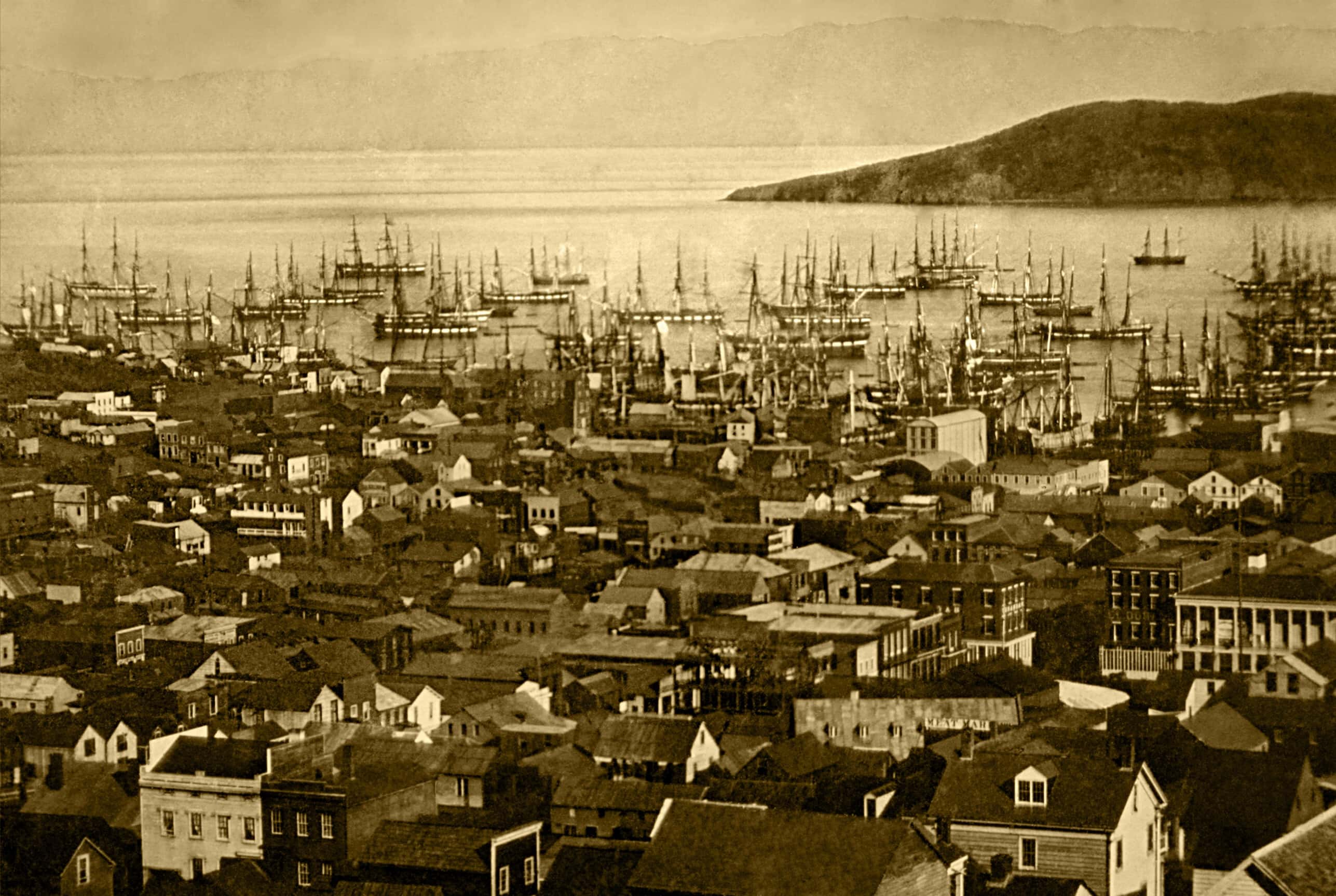

Granite bedrock, under water, those flakes of the raw yellow,Īnd at first, thought it was Blotite, or "fools gold." Tailrace below the mill wheel and found in a crevice in the smooth By early morning, Marshall walked down the Into a giant sluice box with cracks that exposed bedrock servingĪs the rifles which caught the gold that washed from the loosened Through at night to scour the bottom which then turned the ditch Needed to dig the tailrace during the day and to let water pour The tailrace was too shallow toĬarry water fast enough past the wheel that powered the saw. That icy Monday morning when he shut off the water. Marshall was not on a gold hunting expedition Today most historians agree that Marshall was the discoverer, and that the date was January 24.

The date that Marshall found those first few flakes in the tailrace of the sawmill is uncertain. More than $80,000 eventually went through Brigham Young's gold accounts and into the Mormon mint in 1848-1851. They later came to Coloma and prospected at a spot that became the rich diggings of Mormon Island. The Mormons reportedly got wind of it through Henry Bigler's friends working on a new sawmill near Sutter's Fort. Wimmer, the cook, who claims her husband was a co-discoverer and that the precious yellow metal was found by her children. Several tales include one report from a Mrs. But his great fiefdom was destroyed because all of his holdings and Sutter's Fort were lost to the ever-increasing masses seizing everything in pursuit of instant wealth.īecause the gold discovery was such a large historical event and affected so many different people, there followed a vast number of conflicting stories about how and who was responsible for the exact way in which it occurred. John Sutter had ambitious dreams of creating an empire-the New Helvetia in the Sacramento Valley. James Marshall was building the sawmill to supply lumber for Sutter's Fort in the Sacramento Valley. The gold that enriched California may have even precipitated the Civil War. The old Mexican province suddenly became a new state. But the Mormon economy in Utah flourished with the large gold riches funneled into their banks. Native American cultures that had lasted for thousands of years in California were lost and destroyed. Nearly $2,000,000,000 in gold was taken from the earth Of Panama, and by 1849, about 40,000 came to San Franciso by seaĪlone.

The gold discovery scrambled to strike it rich. With wood huts and tents as the first of 4,000 miners lured by By August, the hills above the river were strewn River at the site of a sawmill he was building for John Sutter Is called the "Golden State" possibly for many reasons,Īmong which, and in addition to its abundant sunshine, is theĮxciting and colorful history of the Gold Rush.Īlong the Mother Lode Highway 49 on the way to Coloma, among the flowering white dogwoods, olive colored oaks and towering cedar, there are remnants of this history: old stone cabins and buildings, mining equipment, and stamp mills that were used to crush gold-bearing quartz.Īn icy cold morning early in 1848, James Wilson Marshall, a carpenterįrom New Jersey, picked up a few nuggets of gold from the American Visit the Historic Photo Gallery, to see these photos and more


 0 kommentar(er)
0 kommentar(er)
